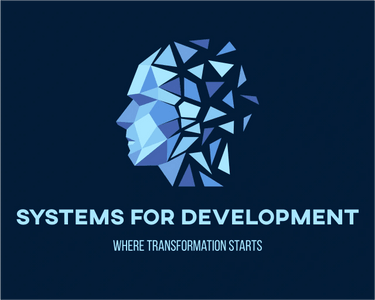Data Production and Use
Leveraging data as a business asset to improve decision making.
Data Production and Use Insights
How We Help Clients
Data Architecture Development
We believe that data foundations must be built to ensure quality production and ultimate use in decision making. We debunk the theories of focusing on how data can be used in helping organizations achieve their performance goals, without focusing on how it is produced. Hence, our approach focuses on developing data architecture first, then data management strategy and ultimately evaluate organizational data maturity using techniques like the Data Maturity Model, to establish both capability and conformance to best practices. This also helps us develop a roadmap to address entities data production challenges.
Data Analytics
We are focused on ensuring that our clients data driven objectives have both the skills and culture needed to embed new analytics capabilities into their business processes. We develop analytic models using Machine Learning to help entities make predictions or take some decisions using historical data. Our analytical capability ensures that we can provide insights from the data that is being captured. We use data to drive organizational futures and leverage advancement in data analytics and visualization to enable enterprises effectively establish dynamic and resilient platforms to deal with the ever-changing business environment. We also believe that these insights drive both business performance and increase technology adoption while informing critical business decisions.
Data Use
At S4D, we are committed to giving data a “voice”. We believe that data is a critical business asset. We do this by ensuring that critical business decisions in the enterprises we support are data driven. We ensure that data use is driven by organizational strategy and most importantly valuable to both performance and sustainability goals. We focus on “data use at source”, hence we look at entities independently to identify the value of data to their business goals and objectives. We believe that by improving data production and use through addressing the evaluation recommendations, entities will reduce the costs associated with cross functional data redundancy, like multiple points for data integration, operational disruption, operational costs, manual reconciliation processes including reduction in level of effort expended in fixing data errors and entering redundant data.
Connect with our Data Production and Use Practice
Systems
4 Development
Subscribe
Stay updated with our latest insights on Technology
